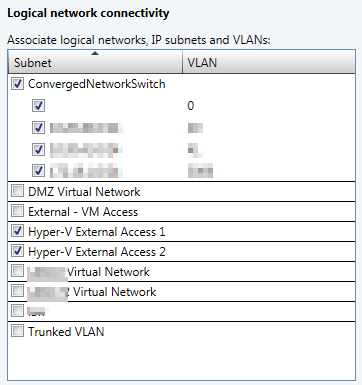On a Windows Server 2012 R2 Hyper-V cluster I had an issue whereby backups were failing with VSS errors.
When running VSSAdmin List Writers I received the response: “Waiting for responses. These may be delayed if a shadow copy is being prepared.”

In order to resolve this I restarted the COM+ Event System service. Following this VSSAdmin List Writers failed to return anything.

When restarting the COM+ Event System service there are a number of dependant services. I noticed that the COM+ System Application service hadn’t automatically restarted. I started the service, then restarted the services below. Following this VSSAdmin List Writers returned the expected list of writers.
- EqualLogic VSS Requestor – Specific to my use of EqualLogic storage
- EqualLogic VSS Service – Specific to my use of EqualLogic storage
- Hyper-V Virtual Machine Management
- Microsoft Software Shadow Copy Provider
- Volume Shadow Copy







